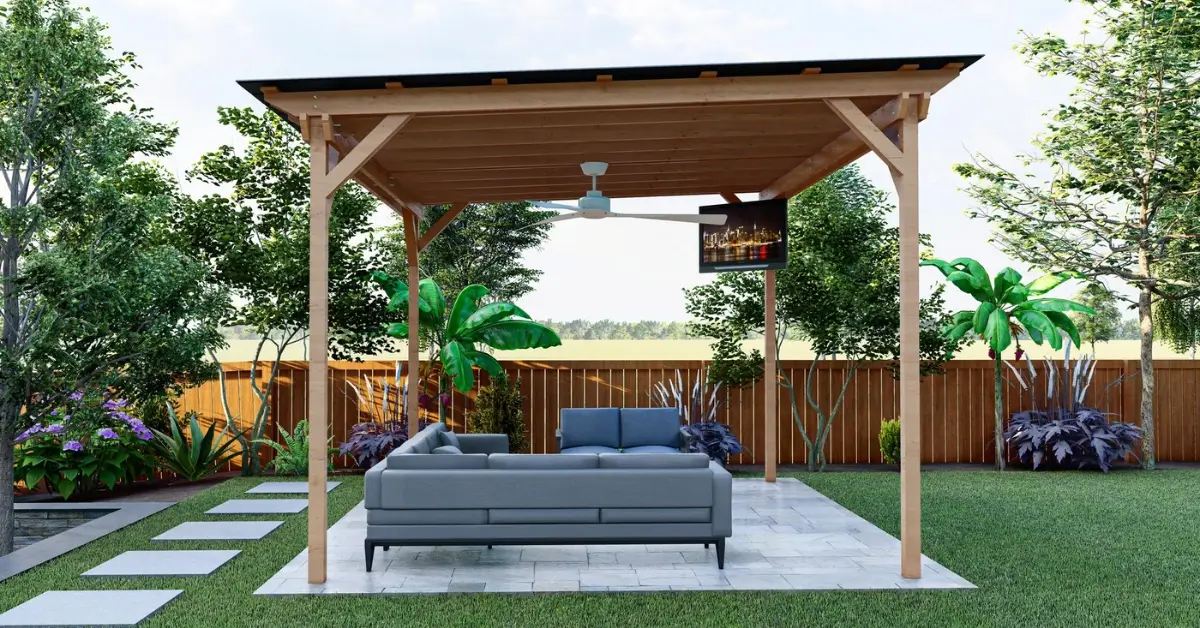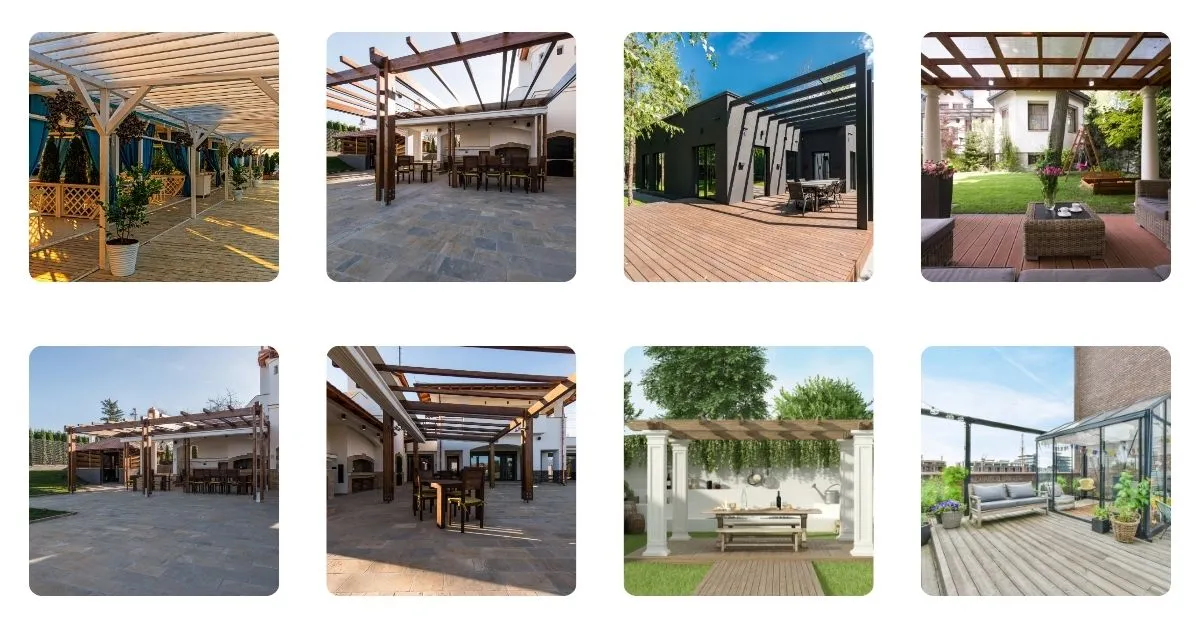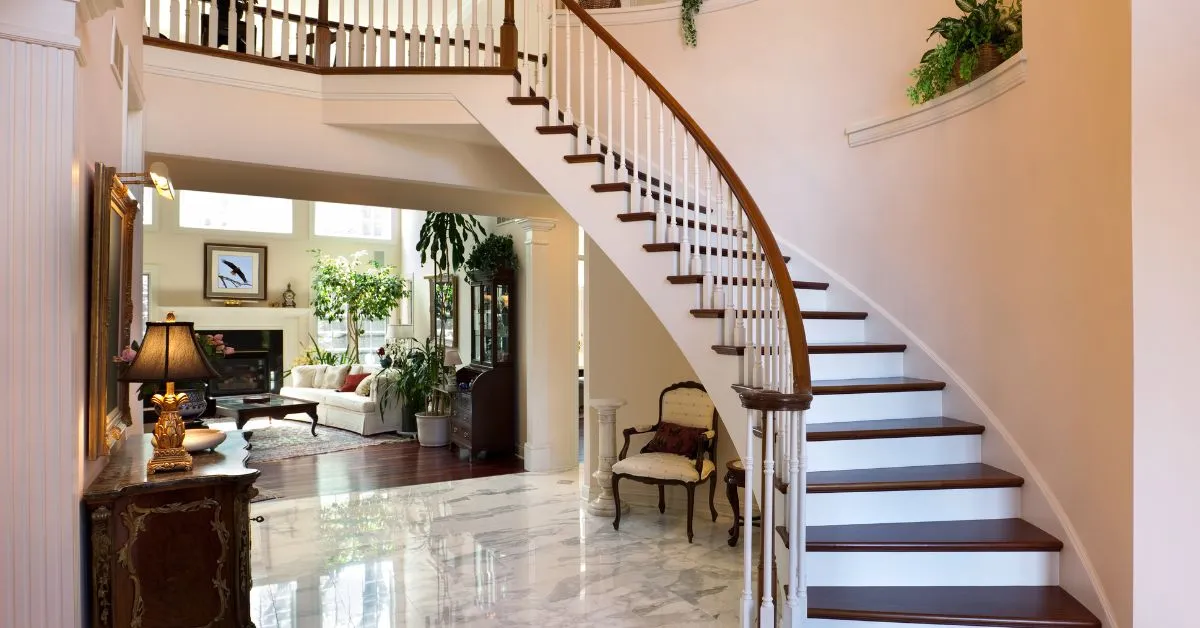Terrace gazebos are becoming an essential feature for homeowners looking to enhance their outdoor spaces.…

A gazebo can transform any outdoor space into a serene retreat, providing a perfect spot for relaxation, entertainment, or simply enjoying nature. But crafting a gazebo involves more than just setting up a few posts and a roof. From initial design to final installation, the process of gazebo fabrication is a blend of artistry and engineering. Here’s a detailed look at the step-by-step process involved in fabricating a custom gazebo.
Initial Consultation and Design
Understanding Client Needs: The first step in gazebo fabrication is to meet with the client to understand their vision and requirements. This includes discussing the purpose of the gazebo, preferred styles, materials, and size. Whether the client envisions a classic wooden structure or a modern metal design, these details will guide the entire project.
Design Phase: Once the requirements are clear, the design phase begins. Skilled designers create detailed plans and renderings that capture the client’s vision. This includes architectural drawings, structural calculations, and 3D models. During this phase, it’s crucial to consider factors like local building codes, zoning regulations, and any potential obstacles on the site.
Material Selection
Choosing Materials: The choice of materials significantly impacts the gazebo’s durability and aesthetic. Common materials include wood, metal, and composite materials. Each has its advantages:
- Wood: Offers a traditional look and can be customized with various stains and finishes. For tips on selecting wood, see Wood Magazine’s guide.
- Metal: Provides a modern, sleek appearance and is highly durable. Learn more about metal options at the Metal Building Manufacturers Association.
- Composite Materials: Combine the best of both worlds, offering low maintenance with a variety of finishes. Explore options at Composite Decking.
Sourcing and Preparation: Once materials are selected, they are sourced from suppliers. Custom projects may involve special orders. Materials are then prepared, including cutting, sanding, or treating them to ensure they meet quality standards.
Fabrication
Structural Components: The fabrication process begins with creating the structural components of the gazebo. This includes the frame, posts, beams, and roof. For wooden gazebos, this involves precision cutting and assembly of the wood. For metal gazebos, welding and machining are key processes. See how metal fabrication works.
Assembly and Construction: After the components are fabricated, they are assembled in the workshop or at the fabrication site. This step involves joining the components together to form the gazebo structure. Careful attention is paid to ensure that all joints are secure and the structure is stable.
Finishing Touches: Once assembled, the gazebo undergoes finishing processes. For wooden gazebos, this might include staining or painting. For metal structures, this could involve powder coating or other protective treatments. These finishes not only enhance the gazebo’s appearance but also protect it from weather elements. For tips on painting wood, check out This Old House’s guide.
Site Preparation and Installation
- Site Assessment: Before installation, the site where the gazebo will be placed is assessed. This includes checking the ground level, ensuring proper drainage, and addressing any potential obstacles like tree roots or uneven terrain.
- Foundation Work: A solid foundation is crucial for the stability of the gazebo. Depending on the design, this could involve pouring concrete footings or setting up anchor posts. The foundation ensures that the gazebo remains stable and secure over time. Learn about different foundation types at HomeAdvisor.
- Assembly on Site: With the foundation in place, the gazebo is assembled on-site. This involves lifting and securing the pre-fabricated components into place. Skilled installers ensure that everything is aligned correctly and that the structure is stable.
- Final Adjustments: Once assembled, final adjustments are made. This includes ensuring that doors and windows operate smoothly, checking the integrity of the structure, and making any necessary tweaks to ensure the gazebo meets all safety standards and client expectations.
Inspection and Handover
Quality Check: Before the project is considered complete, a thorough quality check is conducted. This includes inspecting the structure for any defects, ensuring that all finishes are applied correctly, and verifying that the gazebo meets the design specifications.
Client Walkthrough: A final walkthrough with the client allows them to inspect the finished gazebo and ensure it meets their expectations. Any final touches or adjustments are made at this stage.
Handover and Maintenance Tips: Once the client is satisfied, the gazebo is officially handed over. The client is provided with maintenance tips to ensure the longevity of their new outdoor space. This might include advice on cleaning, seasonal care, and repairs. For maintenance tips, refer to The Spruce’s guide on gazebo care.
Conclusion
The fabrication of a gazebo is a meticulous process that combines design, craftsmanship, and attention to detail. From the initial consultation to the final handover, each step is crucial in creating a beautiful and functional outdoor structure. Whether you’re looking to enhance your backyard with a cozy retreat or add a stylish focal point to your garden, understanding the fabrication process helps you appreciate the craftsmanship that goes into every custom gazebo.


